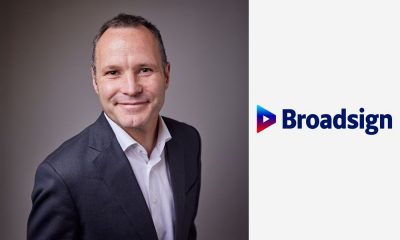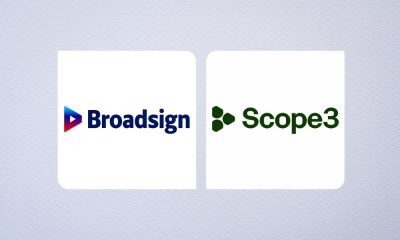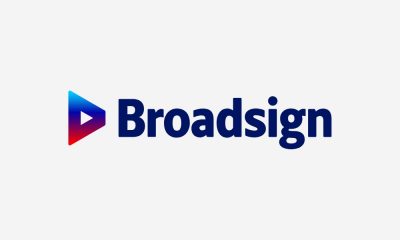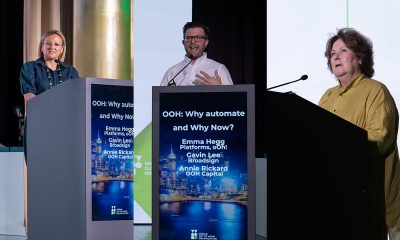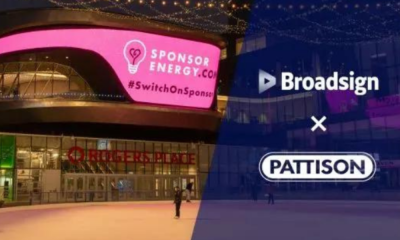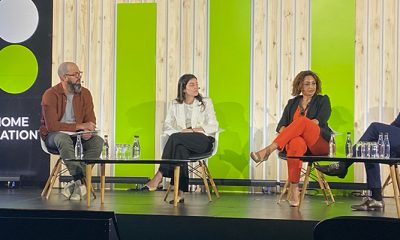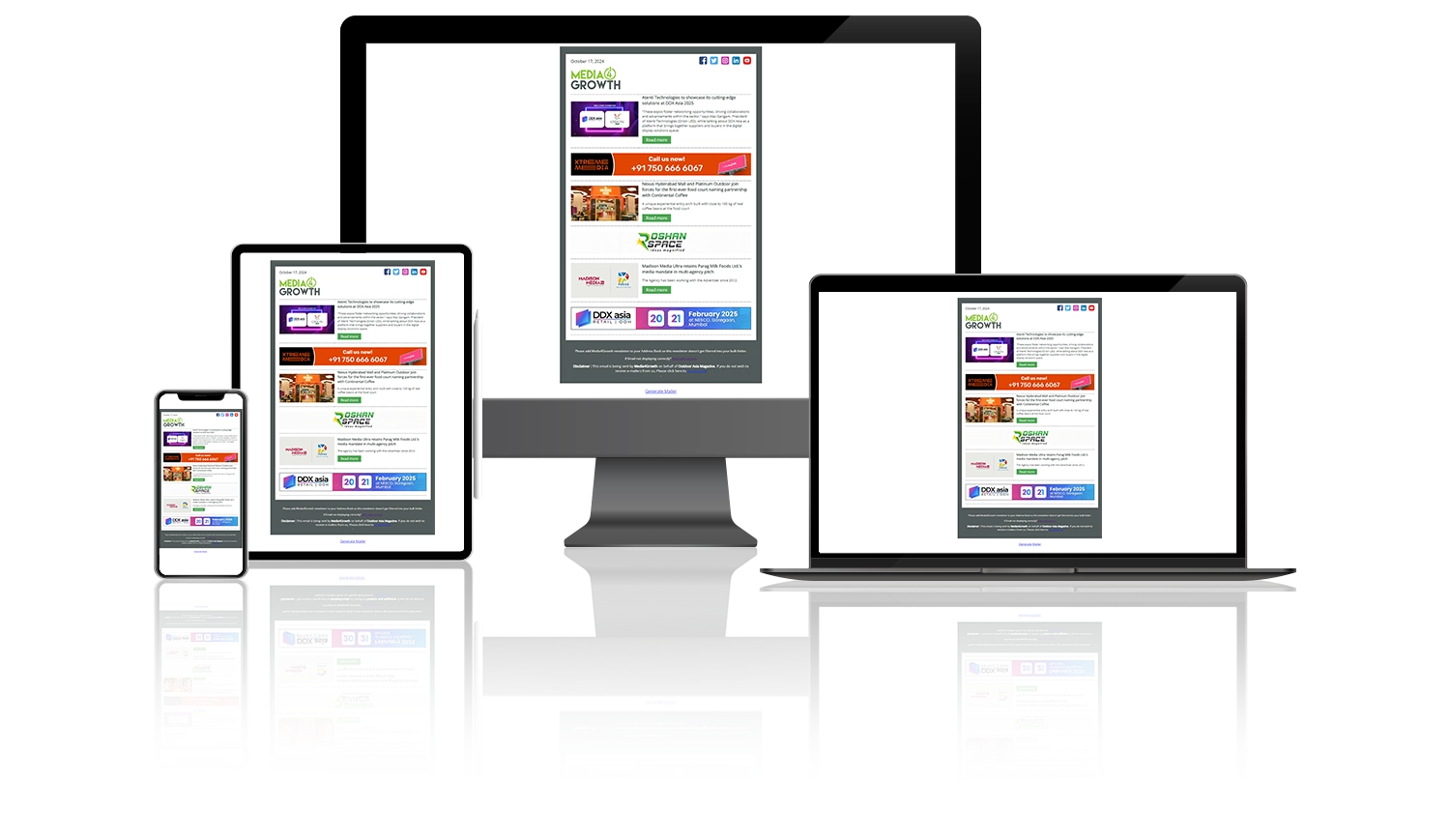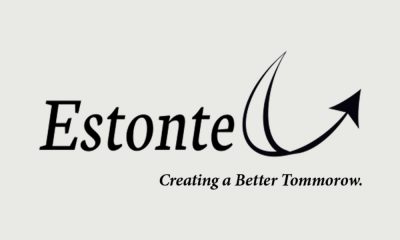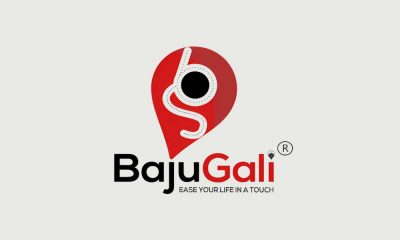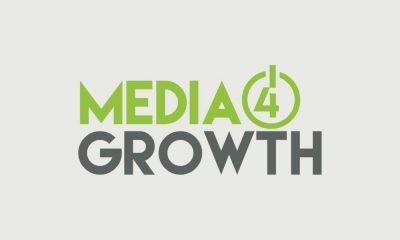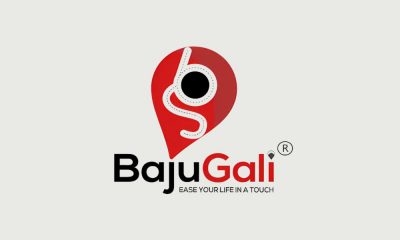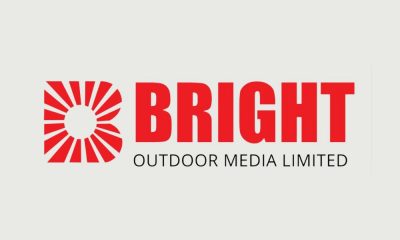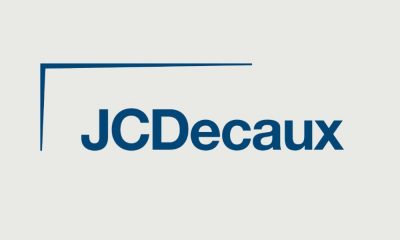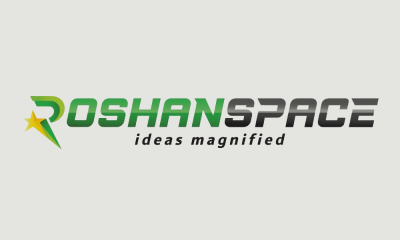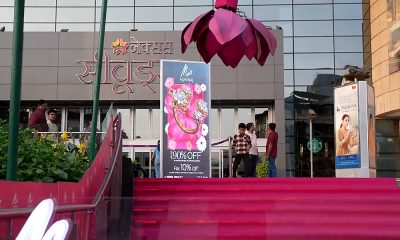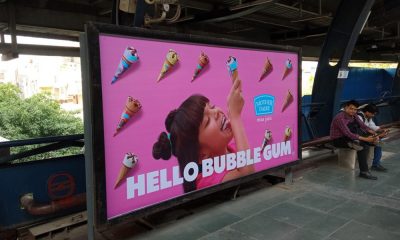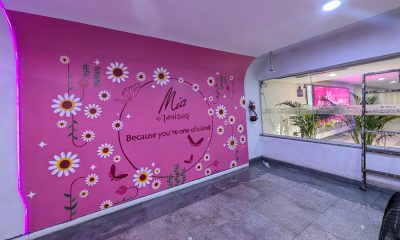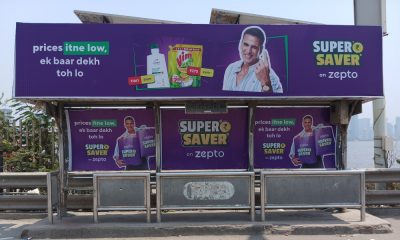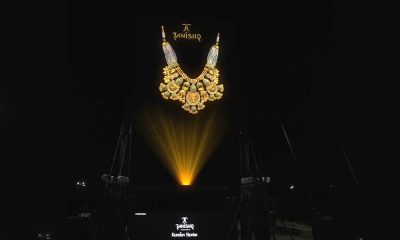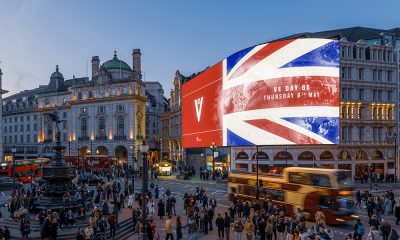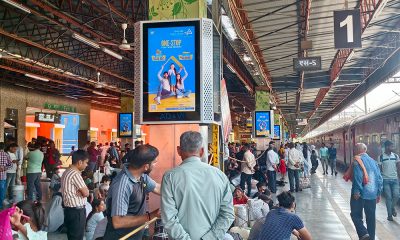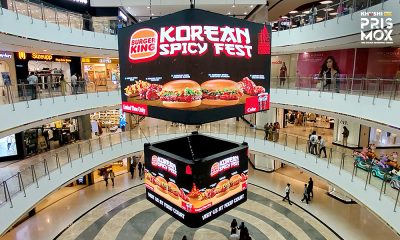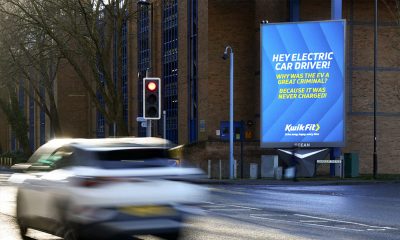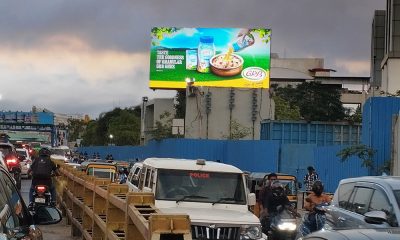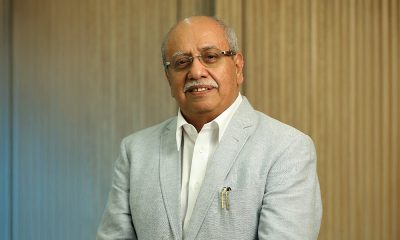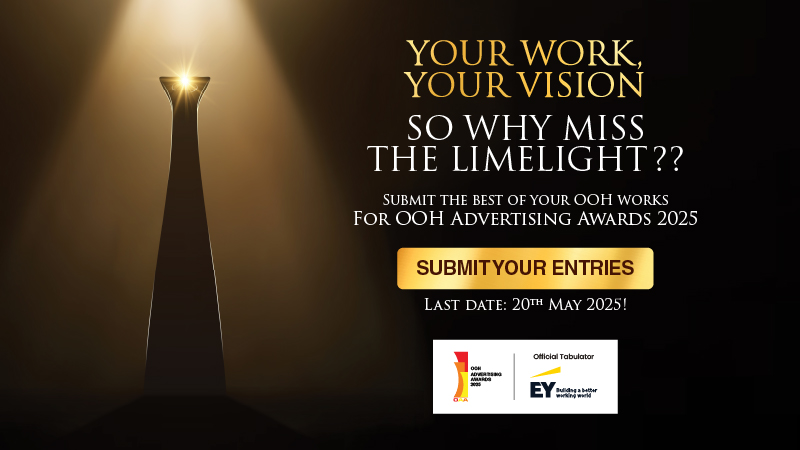Audience Data & Measurement
7 key steps to modernise OOH business
Christian Moody, Director of Implementation Services EMEA, Broadsign spoke about modernising OOH business in a webinar
In a webinar conducted by Christian Moody, Director of Implementation Services EMEA, Broadsign on the ‘Key steps to modernise your OOH business’, the following steps were suggested:
- Get traditional OOH delivery activities in sync
- Upgrade and streamline the sales process
- Invest in understanding the audience
- Get a good solution for proof-of-posting / proof-of-play
- Adopt a platform that supports programmatic / digital
- Make the locations look great
- Invest in sustainability.
OOH had been the only traditional media growing in the pre-Covid-19 period, but with falling audiences today, the key question is “What’s next”. Christian asserted that this is the time for the industry “to learn, to adapt, and prepare to grow”.
Underlining the imperative for OOH firms to ‘Get traditional OOH delivery activities in sync’, he said that organisations are often caught up in ‘last minute decisions, last minute sales” and tend to lose sight of the need to have an integrated approach to dealing with different elements of a project that include negotiation of a deal, receiving, checking and approving designs, printing of the designs with the right specifications, etc. But, businesses are still trying to do all this without the right tools for the job, said Christian, adding that “spreadsheets are not the solution for running any business” as it is manually handled by many and can lead to errors. The challenges get compounded if a campaign were to be executed at a greater number of locations. Hence, the solution is to invest in a software platform designed for OOH. The software tool will help in centralising data, managing repetitive tasks and keeping the whole team aligned.
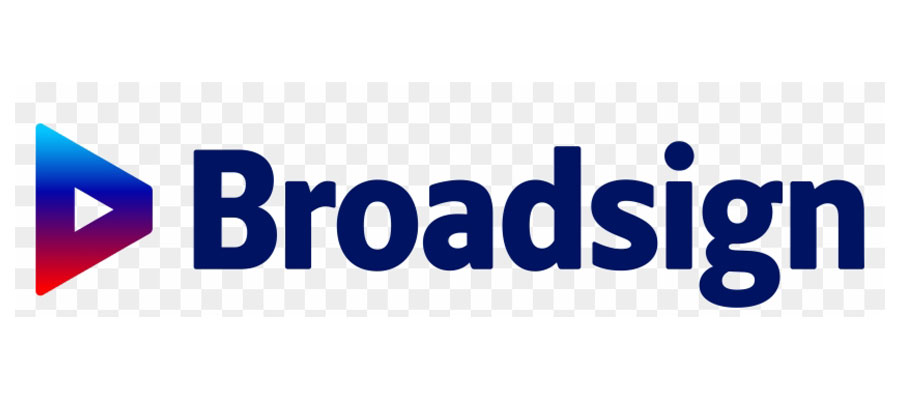 Christian pointed out that OOH firms will be able to leverage the next growth opportunities if they have established smart in-house sales processes. “There is a huge benefit to having a sales tool that gives you real-time visibility into what inventory you have available to sell, because the typical OOH sales routine isn’t good enough anymore”. A smart sales tool with provide real-time availability of inventory, automatically generates proposals, minimise errors and give the sales team more time for handling critical work. Christian reiterated that “integrated solutions are far better than disconnected systems that rely on manual handling of data”. A smart sales tool will also help the team to handle specific needs of DOOH buyers, be it by the number of impressions, by share of voice, loop frequency, etc.
Christian pointed out that OOH firms will be able to leverage the next growth opportunities if they have established smart in-house sales processes. “There is a huge benefit to having a sales tool that gives you real-time visibility into what inventory you have available to sell, because the typical OOH sales routine isn’t good enough anymore”. A smart sales tool with provide real-time availability of inventory, automatically generates proposals, minimise errors and give the sales team more time for handling critical work. Christian reiterated that “integrated solutions are far better than disconnected systems that rely on manual handling of data”. A smart sales tool will also help the team to handle specific needs of DOOH buyers, be it by the number of impressions, by share of voice, loop frequency, etc.
Christian strongly advocated that OOH firms should invest in audience data “to make sure that your inventory and sales are rightly priced. It will also help you to do targeted, dynamic campaigns. It is specially important to invest in this kind of capability if you want to sell programmatically on any of your screens.”
With regard to proof of posting, Christian said the best option would be to use a mobile app “that is directly tied to your OOH software”. It will be also save the organisation the administrative costs of gathering that information.
When it comes to proof of play, DOOH buyers tend to question the validity of one-to-many data. So, it is important to ensure that the DOOH proof-of-play is accurate. Christian said that Broadsign got its proof-of-play independently certified. With accurate data “you get to show your buyers that you are delivering exactly what you agreed, which is great for building lasting relationships”.
Christian suggested that OOH firms regardless of their current nature of business should look to invest in a platform that supports “programmatic, or at least digital” in order to “future-proof your business”. He added that “if you not in digital, it is time to start going for digital. Finding the right platform will help you find the right business”.
“We firmly believe that the entire dynamic around programmatic is going to change dramatically as the industry recovers, and you certainly don’t want to be left behind,” he said.
OOH exists in the physical world, so the look of “your billboards and screens really matters”, he said, while adding that audiences are not likely to connect with a creative if the media asset looks run down.
Christian concluded his presentation by also highlighting the imperative of going green with OOH solutions.
